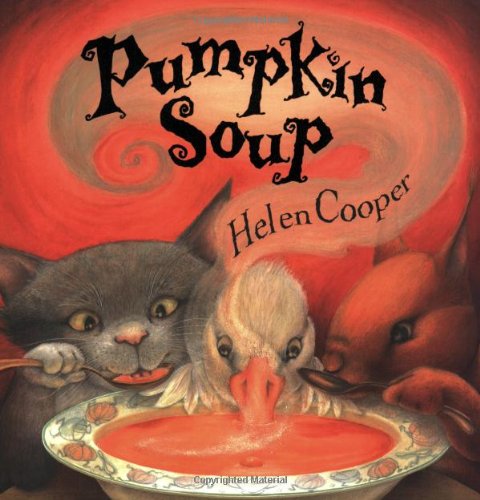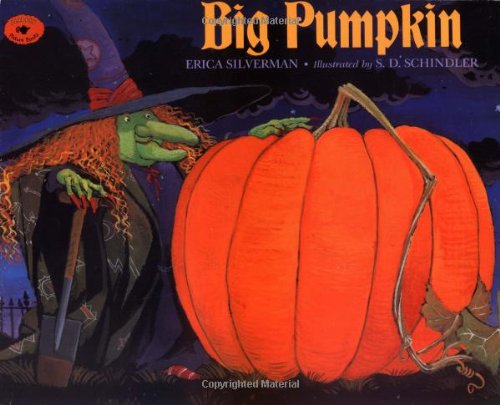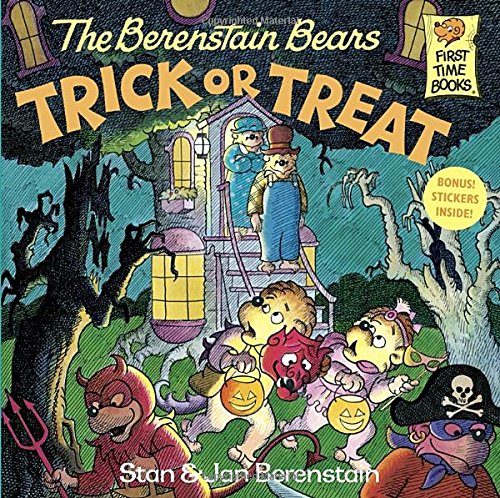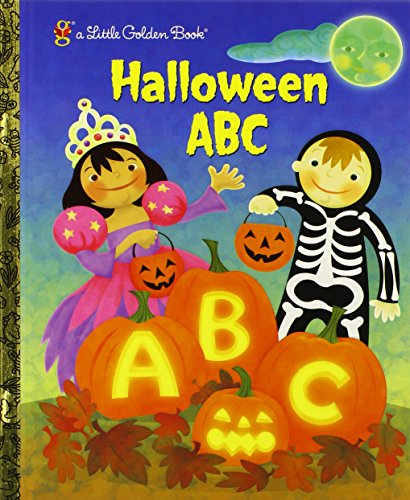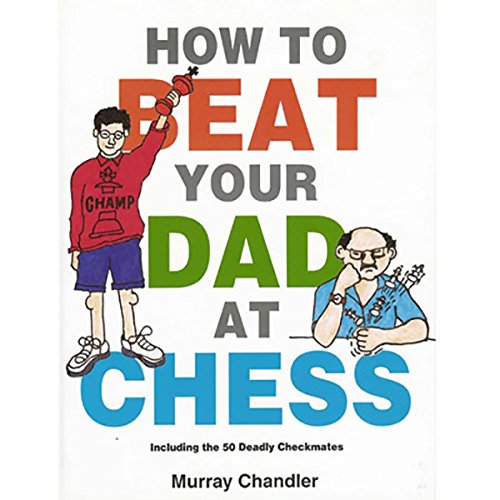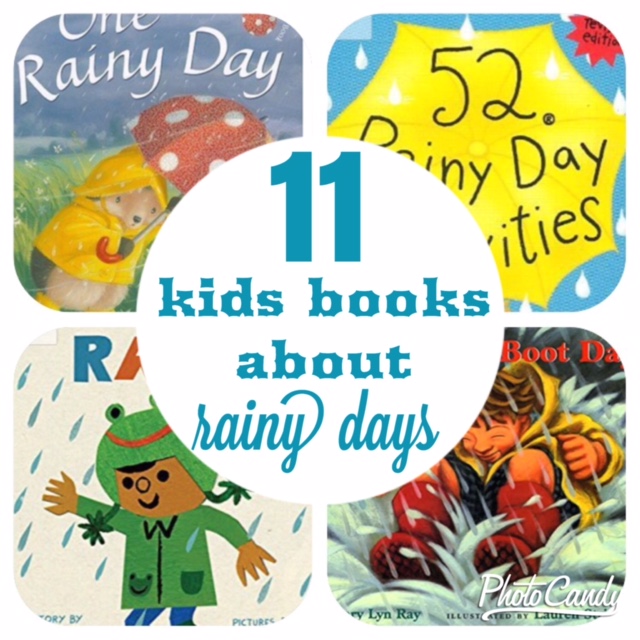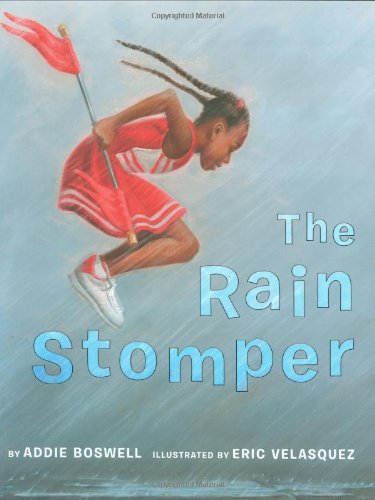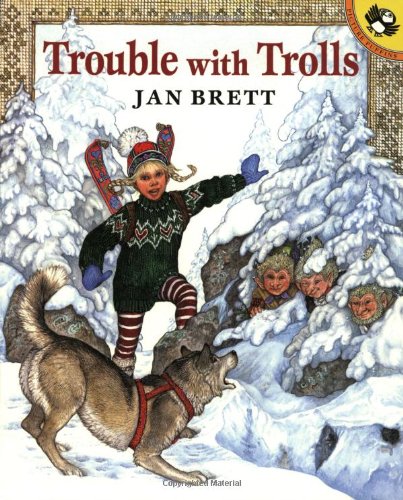Margaret Wise Brown's birthday was this week! In honor of her special day, let's talk about her classic baby book, Good Night Moon. I had absolutely no idea that a book as simple and seemingly innocent as Good Night, Moon by Margaret Wise Brown had such an interesting, and frankly, saucy history. I recently read a biography on Brown called Margaret Wise Brown: Awakened by the Moon by Leonard S. Marcus, and here is what I learned about her classic, Goodnight, Moon.
1. Goodnight, Moon was the first of its kind. Before its publication, children's story books had a pretty uniform structure. All children's literature followed the formula of the fairy tale or the fable. They were set in times long ago and places far away, and they often sought to teach a moral lesson like don't steal or be a hard worker. Brown studied education with pioneers in the field - Lucy and Wesley Mitchell. The Mitchells created the concept of "here and now" learning, a concept where learning is centered around the child's every day world. Instead of being set in an exotic castle far away, Brown's book is set in a child's room, a room that looks much like the room of young readers. The story doesn't teach a lesson but talks about what the child already knows. It seems quite commonplace now, but at the time it was revolutionary.
2. Not everyone was on the here and now train. With every change in tradition, no matter what you are changing, there is going to be opposition. Anne Carroll Moore, the head child's librarian at the New York Public Library in the 1920s, was heavily critical of Brown and the Mitchells. It took almost 30 years to get a copy of Goodnight, Moon on the shelves of the NYPL. Now, that's a grudge.
3. The rights to Goodnight, Moon pose a mystery. Brown never had her own children, but she was very close to a neighbor family and their kids - the Clarkes. When she passed at a pretty young age, Brown's will revealed that she had somewhat randomly left the rights to Goodnight, Moon to one of the family's children, Albert. Interviewed as an adult, Albert Clarke claims that on the day Brown died, he overheard a conversation his mother had on the phone. His mother told the person on the other line that Brown was actually Albert's real mother, thus leaving him the book rights. Even though this genetic mystery can't be proven, Clarke holds to his claims.
4. The story was written in 20 minutes. It took Brown very little time to write the first draft, but the edits and illustrations to a lot longer -several years.
Isn't that fascinating? Who knew a book with roughly less than fifty words total could hold such a history ? I honestly did not until now. What do you think? Are you surprised too?



